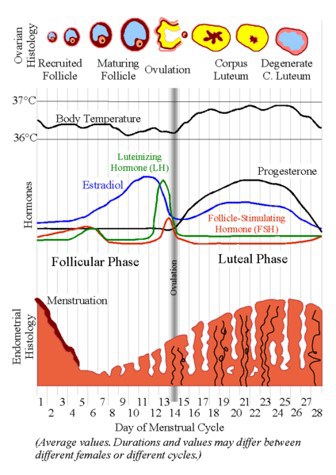When couples face the word “infertility” many of them immediately jump to the conclusion that they will need high tech interventions such as IVF in order to conceive. The truth is that a very small percentage of couples struggling to get pregnant will need this aggressive of a treatment in order to reach their goal.
The majority of couples are able to get pregnant with more “low tech” infertility treatments.
Can I benefit from low tech infertility treatment?
The most common causes of infertility are very treatable with low tech fertility treatments:
Ovarian dysfunction.
Up to 40% of women experiencing infertility do not ovulate regularly. This very common cause of infertility is treated with a medication called Clomid taken for five to seven days. The goal is to regulate the ovulatory cycle which, combined with timed intercourse, is often all that is needed for a successful pregnancy.
Sperm count and motility problems.
Another 40%-50% of infertility is due to problems with sperm. You don’t hear as much about artificial insemination since the advent of IVF, but this low-tech option, now called intrauterine insemination or IUI, involves using a catheter to place sperm directly into the uterus during ovulation, and can help overcome male factor problems. The procedure is done in-office, requires no anesthesia, and may be covered by insurance.
In cases where the cause of infertility is unknown, a combination of Clomid and IUI can be effective. Lifestyle changes, such as weight management, as well as acupuncture are also low-tech ways to improve fertility. Read more about acupuncture for infertility here.



